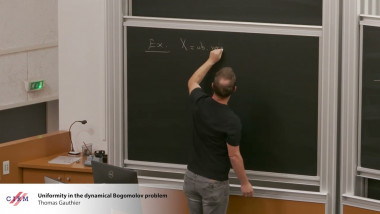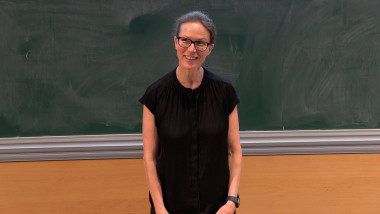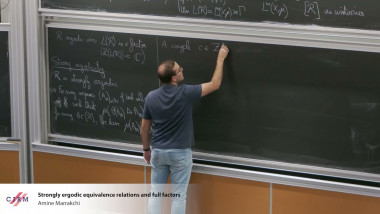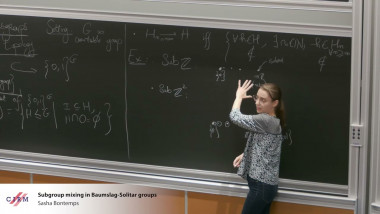Catching ghosts with a coarse net: real and imaginary effects in ecological monitoring routine based on sparse sampling
Data collection and subsequent interpretation plays an important role in many ecological problems. Quantities such as the total population size and/or average population density are often evaluated based on data collected as a result of a sampling procedure. Accurate evaluation of the above quantities is crucial in ecological applications where they are used for making decision about means of control. Examples include management of pest insects in agricultural fields, prevention of plant diseases and control of geographic spread of invasive species. One essential feature of ecological data is that the data are often sparse due to financial, labour, and other restrictions on the sampling routine. Meanwhile it is usually assumed by practitioners that estimates of ecological quantities obtained are representative, no matter how coarse a sampling grid is. This assumption is, however, not necessarily true. It will be discussed in the talk that evaluation from sparse data can lead to a loss of important information about the population dynamics. I argue that conclusions about data quality are not always obvious and practitioners can be mislead by the results of standard validation tests. It will then be shown that accuracy of the population size estimation is strongly affected by pattern formation and the number of samples required for accurate evaluation should be related to the properties of a spatial pattern. I will also discuss the effect of synchronization of population dynamics on disjoint habitats in order to demonstrate that the pattern formation, if not taken into account by a sampling procedure, may lead to unjustified or even false conclusions about the absence/presence of synchronization.
















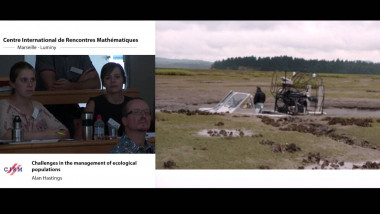
![[1243] Degrés dynamiques](/media/cache/video_light/uploads/video/SeminaireBourbaki.jpg)
